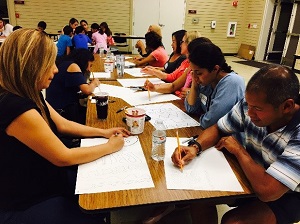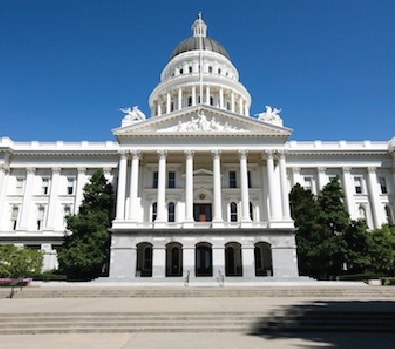 This article was written by Kathleen Fay, member of the California State PTA Legislation Team.
This article was written by Kathleen Fay, member of the California State PTA Legislation Team.
A school district’s Local Control and Accountability Plan (LCAP) is an important tool that requires a district to identify goals, address priorities, allocate funds, implement actions, provide services, and measure results to improve student outcomes. The annual LCAP review should provide opportunities for robust parent involvement as a fundamental part of the planning process. However, this LCAP process was turned on its head last year with the onset of the COVID-19 pandemic.
Quarantines and school closures necessitated changes in the usual LCAP planning process. First, an Executive Order extended LCAP deadlines, then legislation eliminated the annual LCAP update altogether. Taking its place was the Learning Continuity and Attendance Plan – by no coincidence also abbreviated as LCAP – to be used as a planning tool to address issues of distance learning, live student interactions, and attendance. The “new LCAP” included strategies to ensure a full curriculum, train staff, and address resources and technical support during the crisis. And it was all to have been put together with parent input and reported publicly.
As California now looks (hopefully) towards a post-pandemic school year, districts must return to the original LCAP model to examine how students were supported throughout the pandemic, what was done to mitigate the impact of COVID-19, and consider the effects of issues such as pupil learning loss; student and staff mental health and social-emotional well-being; pupil engagement and outreach; nutrition; learning continuity; attendance; infrastructure needs; and any ongoing response to COVID-19.
In short, it’s time for school districts to take an honest look at the results of the last year and then make practical plans on how to repair any damage. This is something that PTAs should strongly encourage members to take part in – through multiple public input opportunities. These meetings should be open to input from all parents and community members. It is up to us to speak for every child with one voice.
To return to the blog homepage, click here.
 This article was written by Shereen Walter, California State PTA’s Director of Legislation.
This article was written by Shereen Walter, California State PTA’s Director of Legislation. Education is primarily a state and local responsibility in the United States. It is states and communities, as well as public and private organizations of all kinds, that establish schools and colleges, develop curricula, and determine requirements for enrollment and graduation. The structure of education finance in America reflects this predominant state and local role. The result is that the Federal contribution to elementary and secondary education is just under 10%, which includes funds not only from the Department of Education (ED) but also from other Federal agencies, such as the Department of Health and Human Services’ Head Start program and the Department of Agriculture’s School Lunch program. These Federal programs are not affected by California’s Local Control Funding Formula.
Education is primarily a state and local responsibility in the United States. It is states and communities, as well as public and private organizations of all kinds, that establish schools and colleges, develop curricula, and determine requirements for enrollment and graduation. The structure of education finance in America reflects this predominant state and local role. The result is that the Federal contribution to elementary and secondary education is just under 10%, which includes funds not only from the Department of Education (ED) but also from other Federal agencies, such as the Department of Health and Human Services’ Head Start program and the Department of Agriculture’s School Lunch program. These Federal programs are not affected by California’s Local Control Funding Formula.